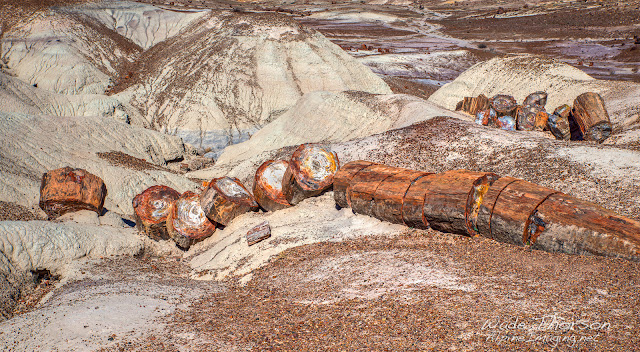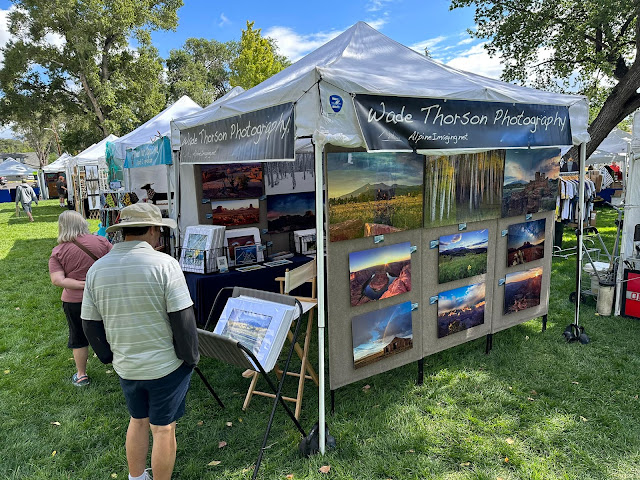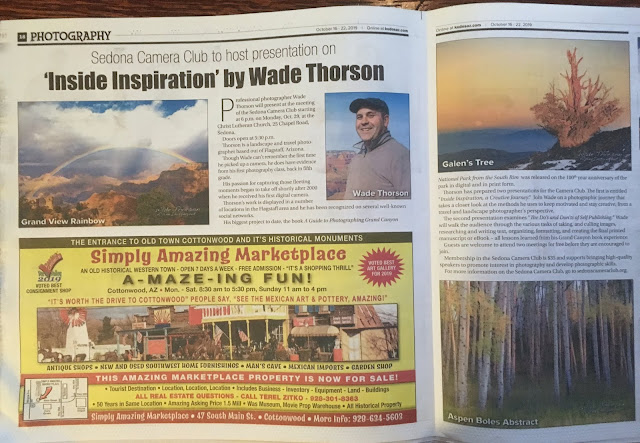Petrified Forest
The variety of colors are produced by impurities in the quartz, such as iron, carbon, and manganese. Large cracks in the wood developed and encased large jewel-like crystals of clear quartz, purple amethyst, yellow citrine, and smoky quartz. If you have any interest in history, geology, or dinosaurs, then this park is a jewel in and of itself. As far as I know it is one of the most unique and geologically interesting parks on earth. If you ever find yourself around Holbrook, Arizona take the time to discover Petrified Forest National Park.








Comments
Post a Comment